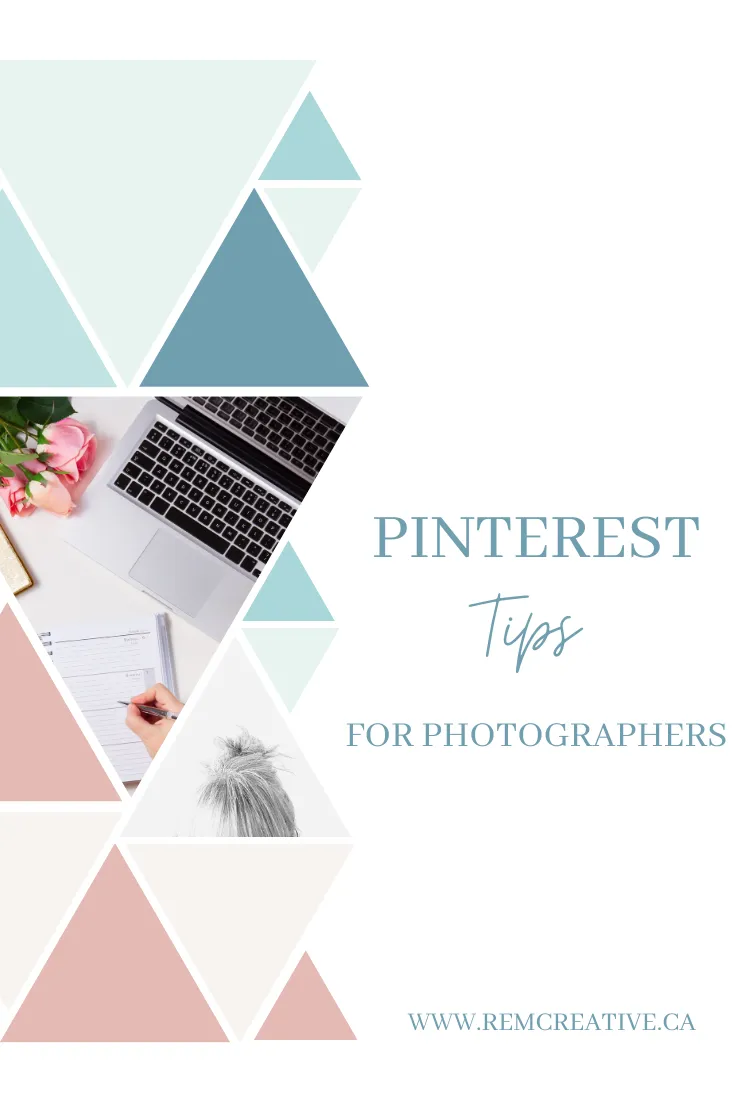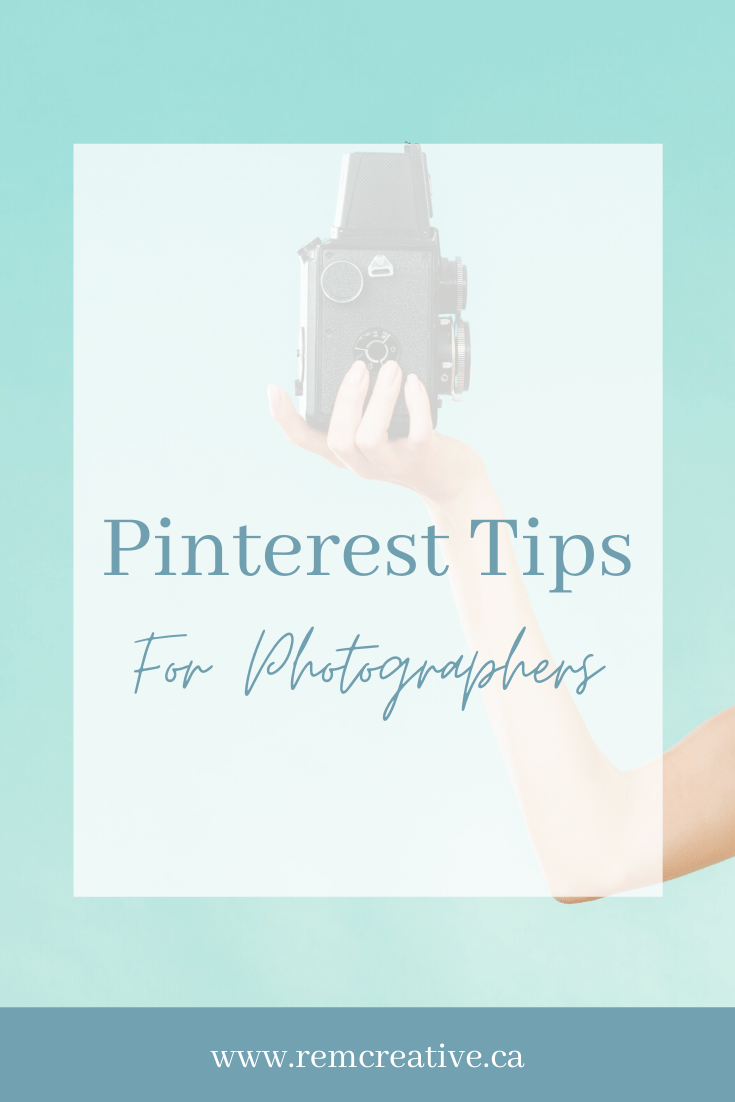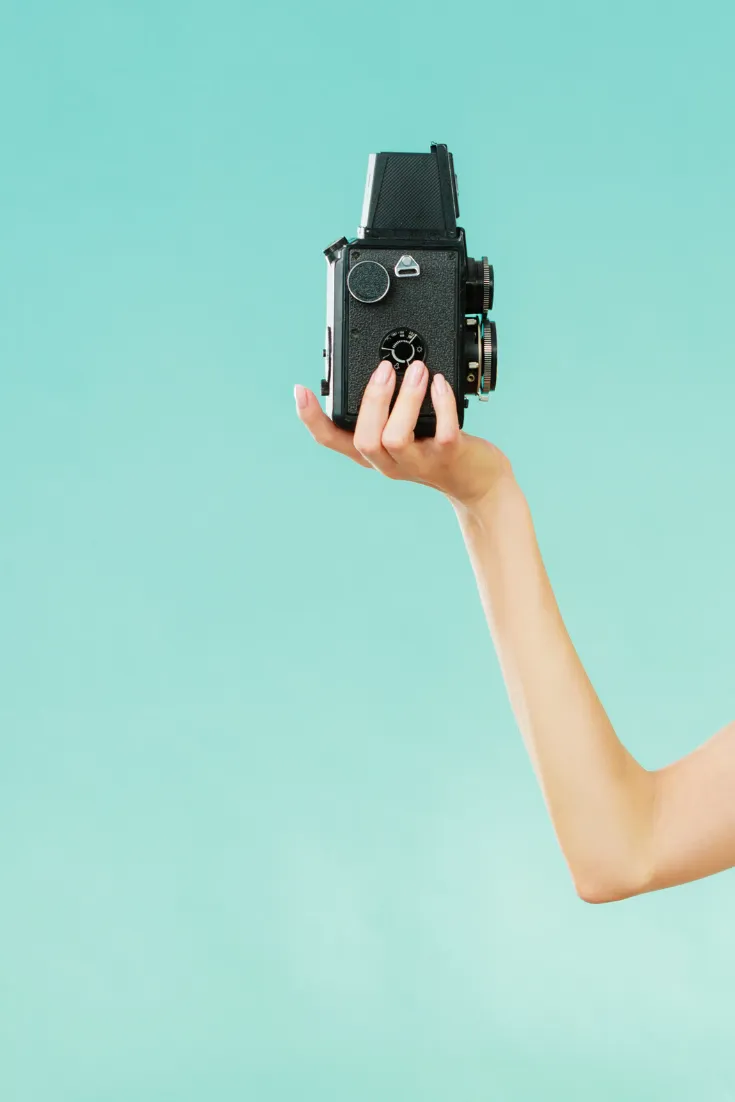WAY' / WELCOME
Robyn MacNeill Co. respectfully acknowledges that we operate from the traditional territory of the Sylix Okanagan People
Pinterest Tips for Photographers
Now, I might have an unpopular opinion here, but I truly believe that Pinterest works differently for photographers, and therefore the tips and strategies will be different and a unique strategy will be necessary.
I belong to a pretty popular society group on Facebook, and the other day a photographer asked about Pinterest. She had recently taken a course on Pinterest marketing, and was told that 20% of the pins should be hers, while 80% should be other people’s work.
Note: Those percentages are arbitrary, and you can absolutely pin more of your own work.
Her questions were all very valid, and the premise of her concern was that she didn’t want to appear like she was infringing on copyright, or mis-representing those images as her own. How was she to keep the % balance without crossing the line?
I was completely surprised by many of the responses. It felt like no one was really addressing her concerns. The consensus was purely “pin other things!”.
While this is true, it didn’t fully satisfy the photographer’s concerns. I chimed in with some advice, and we eventually took our conversation to a message.
Her concerns were completely valid, and as a previous photographer, ones I understood. There are so many posts, blogs, complaints surrounding copyright, with photographers understanding the law far better than most people. We are always aware of it, which is why she was leary about posting other photographers’ work.
Here is the advice I gave her.
Copyright and pinterest
Let’s start out by discussing what the Pinterest platform is all about. Pinterest is essentially a visual search engine. If Instagram and Google had a baby, it would be Pinterest.
The idea of Pinterest is to take ideas from the internet and pin them to boards (kind of like having a ton of digital vision boards). The boards are then linked back to the original owner’s website, therefore “marketing” their product/service/blog through the power of a visual search engine. How is this relevant to copyright?
Essentially, if the pin is correctly linked to the creator’s URL, then you are giving the correct credit and the creator gets some free marketing. You aren’t misrepresenting the work as your own, as users of Pinterest understand that this is a digital collage of ideas.
Let’s put it another way: if this is copyright infringement, Pinterest would no longer exist.
However, even if copyright is ok, there is an additional layer of concern that is specific to photographers.
misrepresentation of your service
The next issue for photographer’s using Pinterest, is how to effectively use the platform and not misrepresent your work.
Photographers are constantly working on their images and their portfolio. It’s what drives their sales far more than price (pricing – well that’s another topic altogether).
So the question is whether or not your clients (potential or confirmed) will look at your account and believe that the photos are yours?
The answer is not straightforward. Maybe yes. Maybe no.
Pinterest tips for photographers
The answer is that you, as a photographer, need to do what is right for you. Here are some tips and tricks for using Pinterest in a way that doesn’t feel icky.
Create Branded Boards
The first 2-3 boards in your feed should be branded to your business. If I had a photography business still, I would name them “REM Creative – Pet Photography” and “REM Creative – Product Photography”.
Using your business name, as well as identifying the subject of the board will help viewers distinguish which boards are for your portfolio, and which are just for general ideas.
Use Appropriate Board Titles
This is where properly naming your other boards, comes into play, not only to avoid confusion but also to enhance your SEO.
How you might ask? Easy. Use the word “Ideas” or “Inspiration” to help define your general (aka mixed pin) boards. Think about it: if you were to go to REM Creative Photography and see a board like “ideas”, would you think its my portfolio? Generally not.
Create Boards of Interest to your Clients
Listen, at the end of the day you don’t actually need to post any other photographers work. You can be posting pins that are relevant to your clients. If you are a wedding photographer, you may want several wedding boards: “Wedding Dress Ideas” or “Wedding Decor Inspiration” and so on.
You can easily re-pin to those boards, as well as including a few pins of your own. Why not pin that close-up of rings to your “Wedding Ring Idea” board?
Join Group Boards
Ok, so this really has nothing to do with copyright or misrepresentation. However, it’s a really good way to be a part of a photography community on Pinterest and NOT have to share other peoples images. In fact, they share their own to the board. You get to share yours. Every account benefits. It’s a win-win!!
So maybe, it is relevant here….
Pin, Pin, Pin!!
Pinterest, like social media and often why it is confused as a social media platform, wants you to be active. They want to see you going on and enjoying the platform. The more you use it, the more your business account will grow.
The more viewers to your profile, the more clicks back to your website. And clicks to your website are always a good thing to Google.
If you don’t have the time to pin, you can hire a Pinterest Strategist like me (shameless plug!!) or use a system like Tailwind*. It takes a little time to setup, but once you are flowing you can have pins going out every day all day long.
Final thoughts
Listen, Pinterest is just another tool in your box of marketing goodies. It’s a great way to drive traffic to your website and increase sales. But sometimes you don’t need to follow all the “rules” as set out by others.
If you don’t feel comfortable pinning a competitors work? Don’t! At the end of the day, you are going to use the tools that feel comfortable.
Make sure to do what is right for you!!
Do you have any tried and true Pinterest tips for photographers? If so, share them in the comments below.
*The link to Tailwind is a referral link where we both receive a free month of Tailwind (or $15 each) when you sign-up on a paid plan



